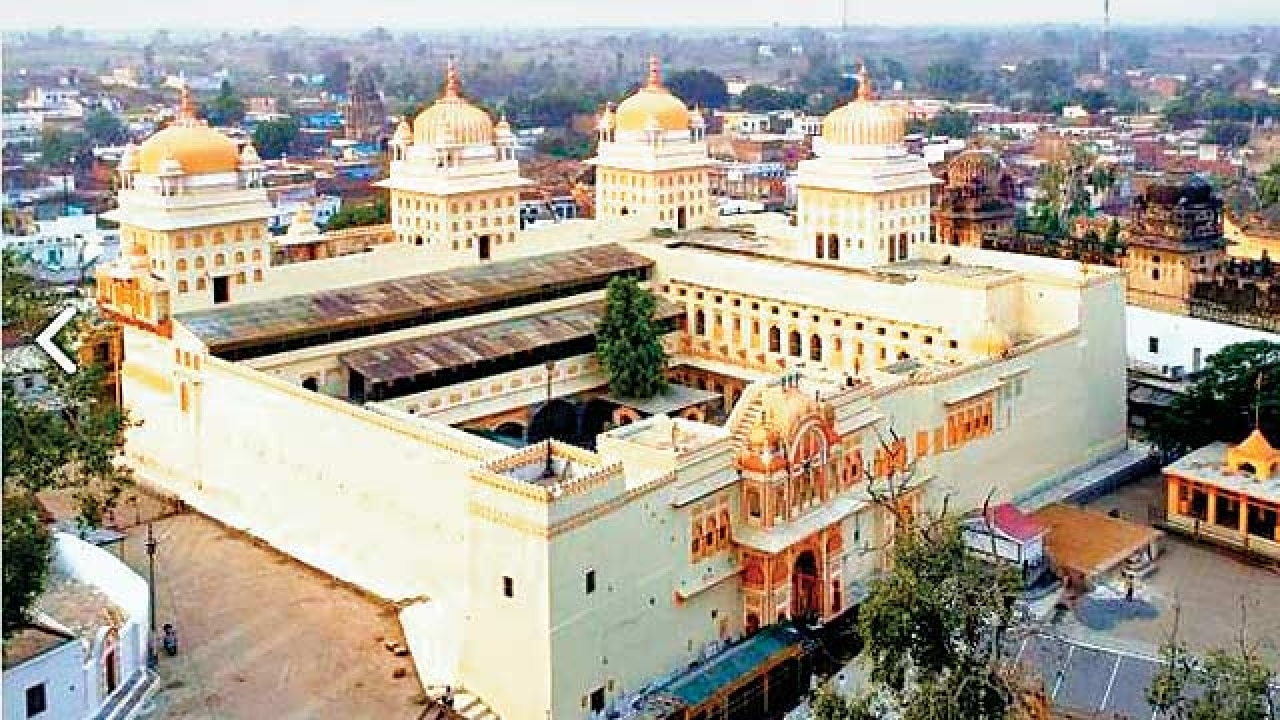
Local legends and stories have a curious relationship to official histories. For the common folk who inhabit these lands, the former are far more important than the latter, handed down as they are from generation to generation, part of lived cultural memory. History, on the other hand, is cold, distant, and at times totally contrary to the legend in a rather insensitive, if not hurtful, way. We see this conflict played out over and over again, not just in controversies over Tipu Sultan or Maharani Padmini of Chittor, but also in more sensitive political and discursive battles as over Rama Janmabhoomi-Babri Masjid.
While the role of evidence-based, carefully constructed, and reasonably reliable accounts of the past cannot be dismissed or overruled, we must also not overlook or deny how the discipline of history itself is deeply aligned with political ideologies, not to speak of ruling dispensations. “Corrective” histories cannot substitute legends and myths for history; indeed these two modes of imagining and remembering the past are different, with their own mechanisms for validation and authentication. Mythopoetic truth, in other words, is not the same as historical truth, but “truth” in both cases is not some unmediated or objective essence, but a constructed and interpreted narrative, dependent on the contexts and interests of its purveyors.
It would be irresponsible, not to mention unscrupulous simply to substitute propaganda, distortions, and outright lies for history, even if the latter has silences, distortions, and fallacies of its own to hide. That is why cultural memory, which is often contrary to history, cannot be ignored in understanding what happened to a community, as it tries to make sense of what happened in the past. Myths and legends, consequently, become more meaningful than history, which depends on “real” dates, events, and people.
A classic case in point is the legend of the Ram Raja temple of Orchha. It is believed that this is the only place where Lord Rama is worshipped as the ruler, that is, a divine king. Hence, the temple is known as the Ram Raja shrine. But Ram Raj also refers to Ramraj or Ramrajya, the kingdom of the just and perfect king, where all are happy and well-taken care of. In fact, following this belief, the Bundela rulers of Orchha actually vacated this city, abdicating so to speak, in favour of Lord Rama, who was now the real ruler after his arrival in Orchha. But the legend runs deeper, intertwining both personal and political concerns of grave import. The tussle between King Mudhukar Shah Ju Dev (who ruled from 1554 to1592), a Krishna devotee and his queen Ganeshkunwari, a Rama devotee, resulted in her being banished till she returned with Lord Rama as a child. What could this really mean? Was it that she had to bear the king a son or not come back?
The Rani goes to Ayodhya to perform severe penance, throwing herself in the Sarayu river in desperation, till the Lord himself appears as a little boy, agreeing to accompany her to Orchha. She returns in 1575, on foot, after eight months and twenty-seven days, travelling only during the Pukh nakshatra, which is one of the conditions of the Lord. In Orchha, the Lord becomes an idol, which refuses to leave her palace, even when the magnificent Chathurbhuj temple constructed as his permanent abode is completed. Even today, he remains in the palace of the Rani, where he is worshipped as the king of Orchha, complete with a guard of honour and gun salute.
What is clear from the legend is that Ayodhya, even after the destruction of the temple by Babar in 1528, remained a place of pilgrimage for worshippers of Lord Rama. The link between the two is confirmed in the daily prayers, which assert that the Lord spends the day in Ayodhya, but each night he returns to Orchha to rest. Indeed, the idol at Orchha may actually be from Ayodhya, which is how the queen fulfilled the king’s commandment of returning home only with the child Rama. After all, one of most important shrines in Ayodhya is to Rama Lalla, the baby Rama, worshipped in his mythical place of birth. The political aspect of the story is confirmed by fact that in 1635, Aurangzeb, still a teenager, was sent to subdue Orchha by his father, Shah Jehan; was that why the Chaturbhuj temple remained empty? The sound and light in the palace explains it in terms of another legend in which Aurangzeb’s general is sent to destroy the secret Rama temple which is in the erstwhile Rani’s apartments, but the temple is miraculously saved.
Secularist-leftist historians have tried to obfuscate the issue by questioning Lord Rama’s historicity itself, let alone whether Ayodhya was his birthplace or not. But suppose we were to frame the question differently to ask if Lord Rama was worshipped in Ayodhya before and after Babar destroyed the temple devoted to him? Wouldn’t the answer become an obvious and resounding “yes,” given the overwhelming archaeological, historical, and legendary evidence? Orchha was at the heart of cults of both Krishna and Rama because the Bundelas were patrons of some of the greatest poets, including Keshavadas, who promoted both these traditions. Just as many important idols were shifted after the destruction of major temples in North India during that period, it is likely that Lord Rama’s image was also saved and transferred to a safe haven. The secret of its relocation is now out: it is to Orchha that the Lord repaired to establish his Ramrajya. Is it any surprise that Orchha means “the hidden one”?
The author is a poet and professor at JNU, New Delhi.